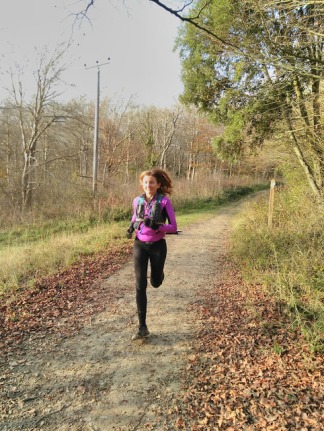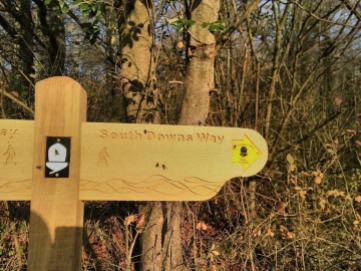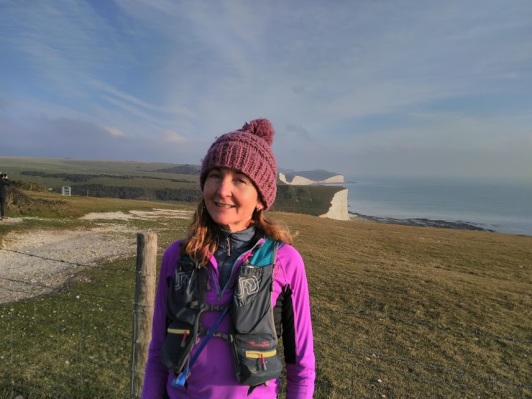The shift we require to experience awe isn’t in location, but in attitude…
I admit it. I’m one of those people who bristles at the overuse of the word ‘awesome’ to mean ‘good’ or ‘great.’ Awesome literally means to inspire awe or wonder, and should be reserved to describe things that do exactly that. But a recent study on the benefits of ‘awe walks’ gave me a new perspective on what might qualify as awe-inspiring. In the study, one group of people were assigned to a weekly outdoor walk somewhere new to them and encouraged to try to look at everything with ‘fresh eyes.’ A control group were assigned a weekly outdoor walk, with no further instructions.
The group that did eight weeks’ worth of ‘awe’ walks experienced more positive emotions and suffered less emotional distress compared to the control group, despite the fact that they’d both been getting the same amount of physical activity outdoors. They also smiled more.
It’s not news that physical activity benefits mental health, nor that natural environments can be uplifting and restorative. But what this study adds to what we already know is the idea that mindset can influence the experience we have during outdoor activities.
Just by asking the walkers to visit somewhere new in their locality and to really ‘pay attention’ to what they saw, the researchers fostered a sense of curiosity and adventure that made the walkers’ experiences more meaningful and rewarding. Rather than nature being a ‘green backdrop’ to a walk, it became part of the experience itself.
Another important aspect of the study is that while the awe walks took place in locations unfamiliar to the participants, they weren’t necessarily locations that would be billed as stunning or ‘awesome’. What this teaches us – or perhaps, reminds us – is that we don’t need to be standing by the Grand Canyon or witnessing the Northern Lights to experience awe. We can find it in the colours of an autumn leaf or the passage of clouds across the sky or the green sweep of a hillside. The shift we require isn’t in location, but in attitude.
I think the reason this study resonates so strongly with me is because this is a year in which I feel I have really woken up to nature, and most particularly, the nature on my own East Sussex doorstep. I know the same is true for many people, and frankly it couldn’t be more timely; not just because Covid-19-related restrictions on movement are likely to remain for some time, but because just as we need nature, nature needs us – perhaps now more than ever – to halt the decline in biodiversity and address the climate crisis. When something we hold dear is threatened, we find the will to act. But it may take a walk – or run – with those ‘fresh eyes’ to realise just how much there is to cherish.









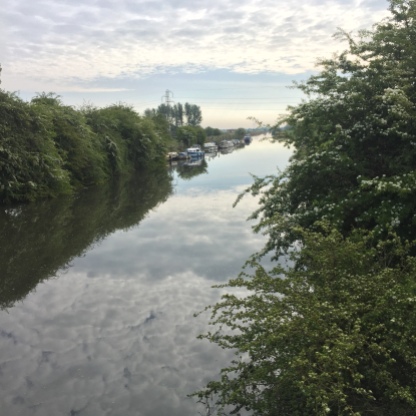








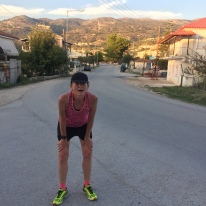
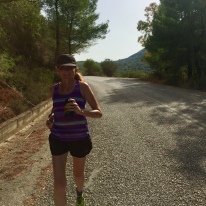


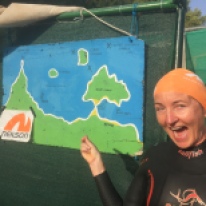


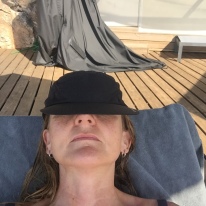

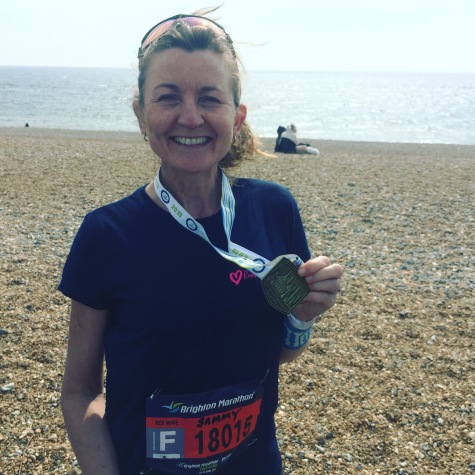




 This hill will be familiar to anyone who’s taken part in or watched the infamous
This hill will be familiar to anyone who’s taken part in or watched the infamous 


